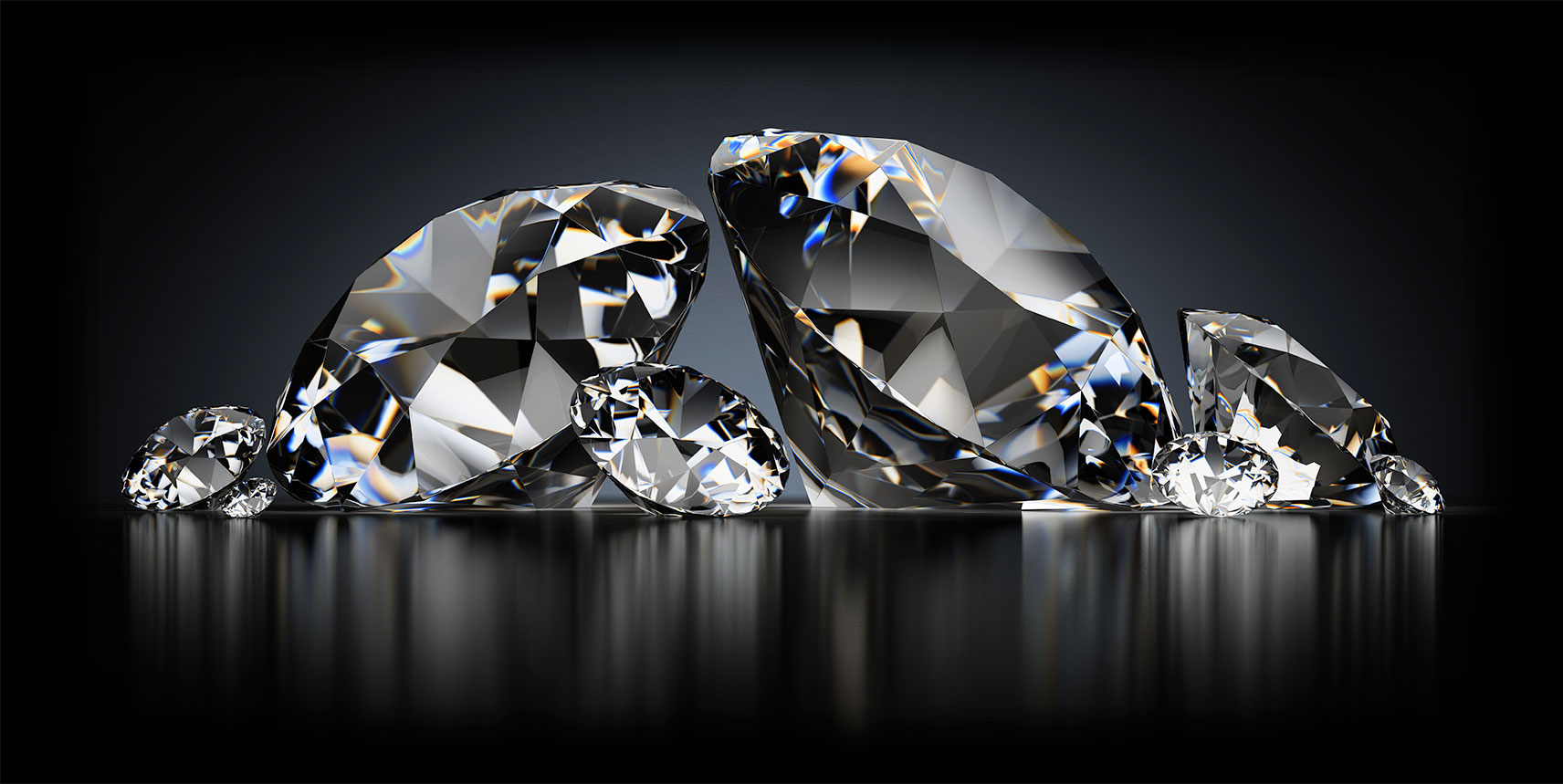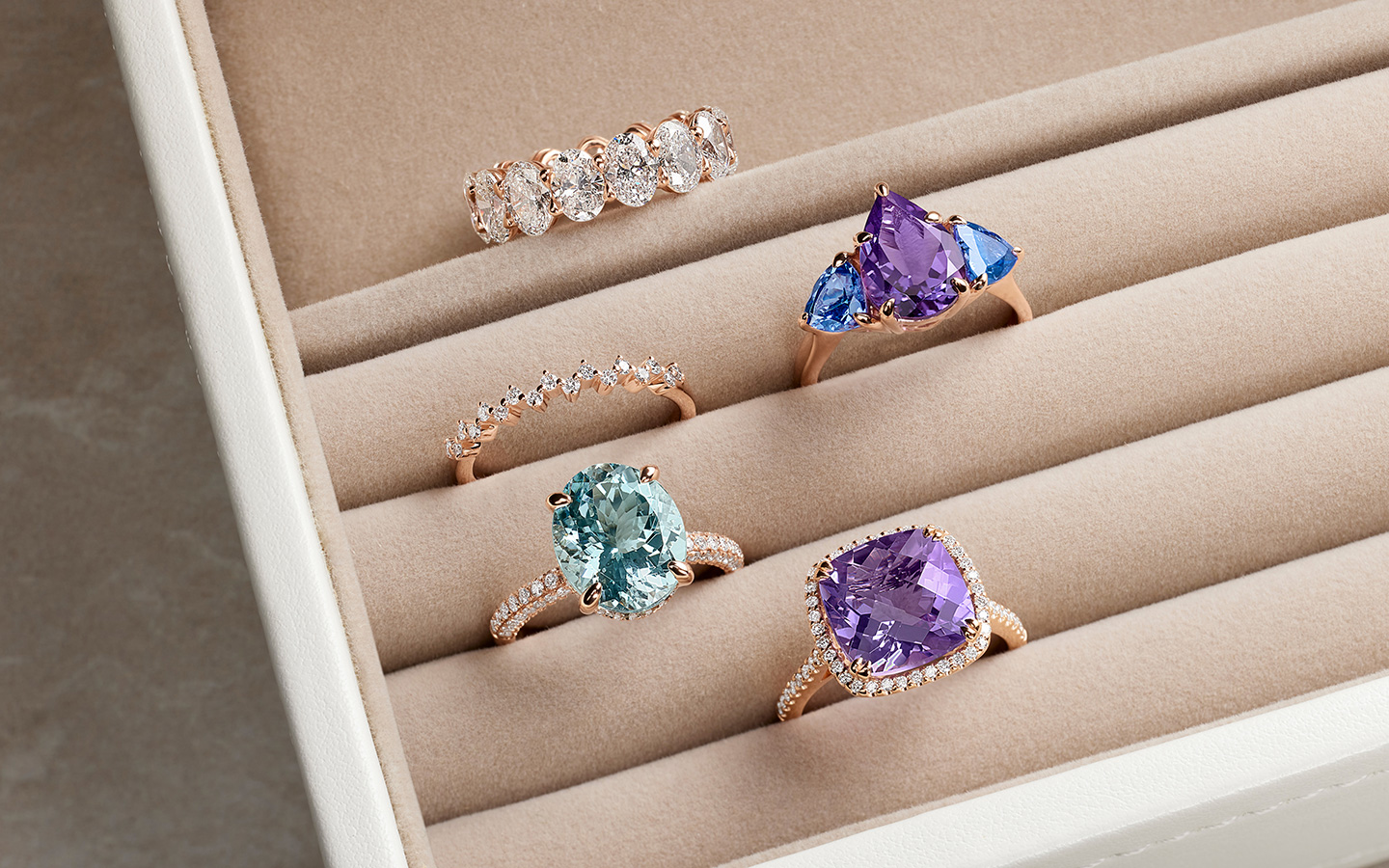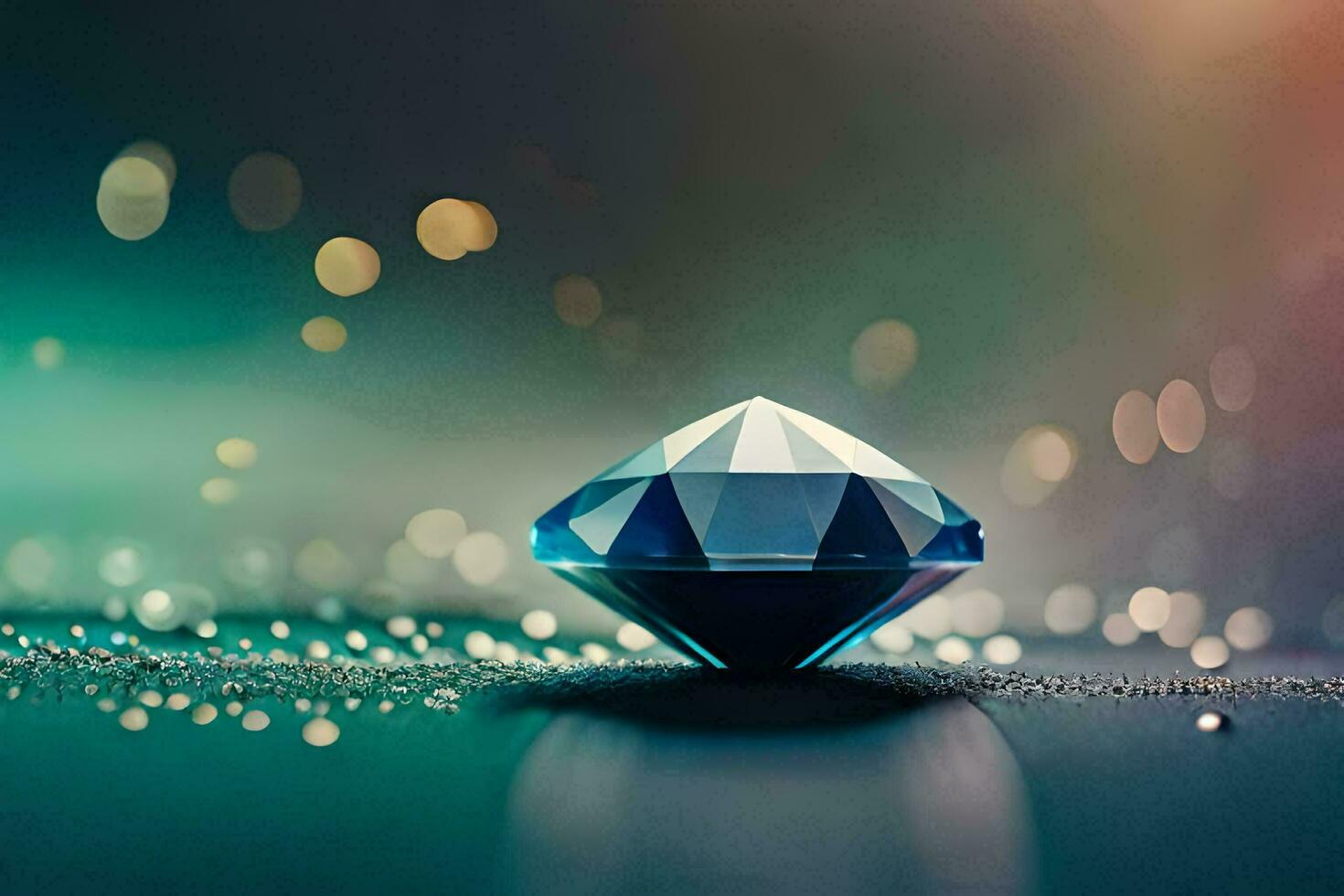Lab-grown diamond rings are quickly becoming a popular choice for couples seeking an eco-friendly, affordable, and sustainable option for their engagement rings. When it comes to choosing the best metal for setting your lab diamond, two options dominate the market: platinum and gold. Both metals have their own set of advantages and can complement lab-grown diamonds in unique ways. In this article, we will explore the differences between platinum and gold to help you make an informed decision about which metal is the best fit for your lab diamond ring.
What Are Lab-Grown Diamonds?
Before we dive into the comparison of platinum and gold, it’s essential to understand what lab-grown diamonds are. Lab-grown diamonds, also called synthetic diamonds or cultured diamonds, are created through two primary methods: High Pressure High Temperature (HPHT) and Chemical Vapor Deposition (CVD). These processes replicate the natural conditions under which diamonds form, resulting in diamonds that are chemically, physically, and optically identical to mined diamonds. Lab-grown diamonds are often more affordable and environmentally friendly than their natural counterparts, making them a top choice for ethical consumers.
Platinum vs Gold for Lab Diamond Rings
Both platinum and gold are excellent choices for setting your lab diamond rings platinum vs gold. The right metal for your ring will depend on various factors such as your style, durability preferences, budget, and aesthetic desires. Below, we will compare the two metals in terms of several important aspects.
1. Durability and Strength
Platinum:
Platinum is one of the strongest and most durable metals available, making it an excellent choice for an engagement ring. It’s a dense and heavy metal that can withstand daily wear and tear without losing its shape or luster. Platinum is hypoallergenic, making it a great option for people with sensitive skin. However, platinum does tend to develop a patina over time, which many people find appealing, as it gives the ring a unique, softer look.
Gold:
Gold is available in various karats (10K, 14K, 18K, and 24K), with higher karats being softer and more malleable. 18K and 14K gold are the most common choices for engagement rings because they offer a balance between durability and purity. However, gold is generally less durable than platinum, and the metal can scratch more easily. Over time, gold may require re-polishing to maintain its shine, especially in the case of softer gold alloys like 22K or 24K.
2. Appearance and Aesthetic
Platinum:
Platinum has a naturally white, silvery finish that complements the brilliance of lab-grown diamonds beautifully. Its luster is more subtle compared to gold, but it’s very sophisticated and timeless. The natural color of platinum allows it to pair well with diamonds, ensuring that the diamond is the focal point of the ring. Platinum rings tend to have a more understated elegance.
Gold:
Gold, on the other hand, comes in several colors, including yellow, white, and rose gold. Yellow gold offers a warm, classic look, while white gold, which is often coated with rhodium for a bright finish, resembles platinum but at a lower cost. Rose gold has a unique, pinkish hue, making it a trendy choice for those seeking a distinctive, romantic aesthetic. Gold offers more versatility in terms of color options compared to platinum, so if you have a specific look in mind, gold might be a better option.
3. Weight and Comfort
Platinum:
Because platinum is denser than gold, it will be heavier on the finger. While this can give the ring a substantial, luxurious feel, it may not be comfortable for everyone. If you prefer a lighter ring, this could be a point to consider when choosing platinum.
Gold:
Gold, especially 14K or 18K gold, tends to be lighter than platinum. If comfort is a priority for you, gold may be a better choice. However, man made diamonds, the weight difference is subtle and often depends on personal preference.
4. Price Comparison
Platinum:
Platinum is typically more expensive than gold due to its rarity, density, and durability. The higher cost is also reflected in the manufacturing process, as platinum requires more time and skill to work with. Additionally, the price of platinum can fluctuate based on market demand, but it generally remains higher than gold.
Gold:
Gold is generally more affordable than platinum, especially when comparing equivalent karats of both metals. The price of gold varies depending on the karat (purity) and whether it’s white, yellow, or rose gold. While 14K gold is the most affordable option, 18K and 22K gold will be more expensive but still less costly than platinum. If you’re working with a limited budget, gold can provide a more cost-effective solution.
5. Maintenance and Care
Platinum:
Platinum is a low-maintenance metal. Unlike gold, it does not require plating, as it does not tarnish or lose its shine. However, platinum can scratch over time, but the scratches are generally not as noticeable as in gold, as platinum simply moves around rather than losing material. Some people appreciate the patina that develops over time, while others may prefer to polish it back to its original shine.
Gold:
Gold, especially white gold, often requires regular maintenance. White gold rings need to be re-plated with rhodium to maintain their bright, shiny appearance, which can wear off over time. Additionally, gold rings may scratch more easily, and higher-karat gold can be more prone to dents and deformation. Regular care, such as cleaning and re-polishing, will help maintain the ring’s appearance.
6. Hypoallergenic Properties
Platinum:
Platinum is a hypoallergenic metal, which makes it ideal for individuals with sensitive skin. Its purity and non-reactivity make it less likely to cause irritation or allergic reactions.
Gold:
Gold is not as hypoallergenic as platinum, especially if it’s alloyed with other metals like nickel. People with nickel allergies may want to avoid gold alloys that contain this metal, opting instead for pure gold or gold alloys with more platinum or palladium.
Which Metal is Right for You?
When it comes to choosing between platinum and gold for your lab-grown diamond ring, the decision ultimately comes down to your preferences and priorities:
- Choose Platinum if you want a durable, hypoallergenic, and timeless metal that will stand the test of time. It is perfect for those who appreciate subtle elegance and don’t mind paying a premium for a premium material.
- Choose Gold if you prefer a lightweight, versatile, and more affordable option that allows you to select from a variety of colors, such as yellow, white, or rose gold. Gold is ideal for those who value personal style and want to tailor their ring to their taste.
Conclusion
Both platinum and gold are excellent choices for setting a lab-grown diamond, offering distinct advantages depending on what you value most. Platinum is perfect for those seeking a durable, hypoallergenic, and timeless option, while gold provides a more affordable and versatile alternative with a variety of color choices. Whichever metal you choose, your lab-grown diamond will shine brilliantly, and your ring will be a symbol of love and commitment that reflects your unique style.




